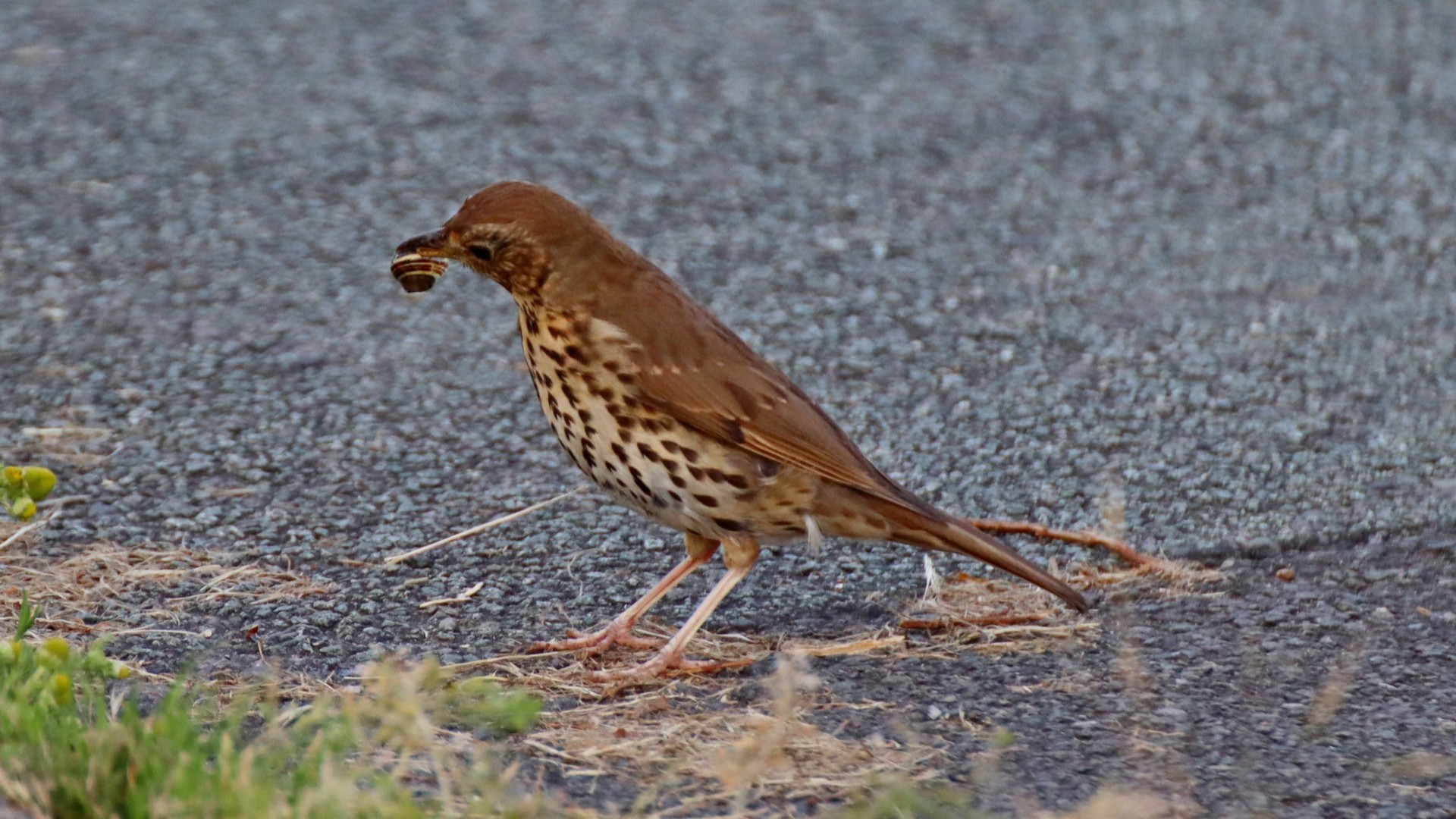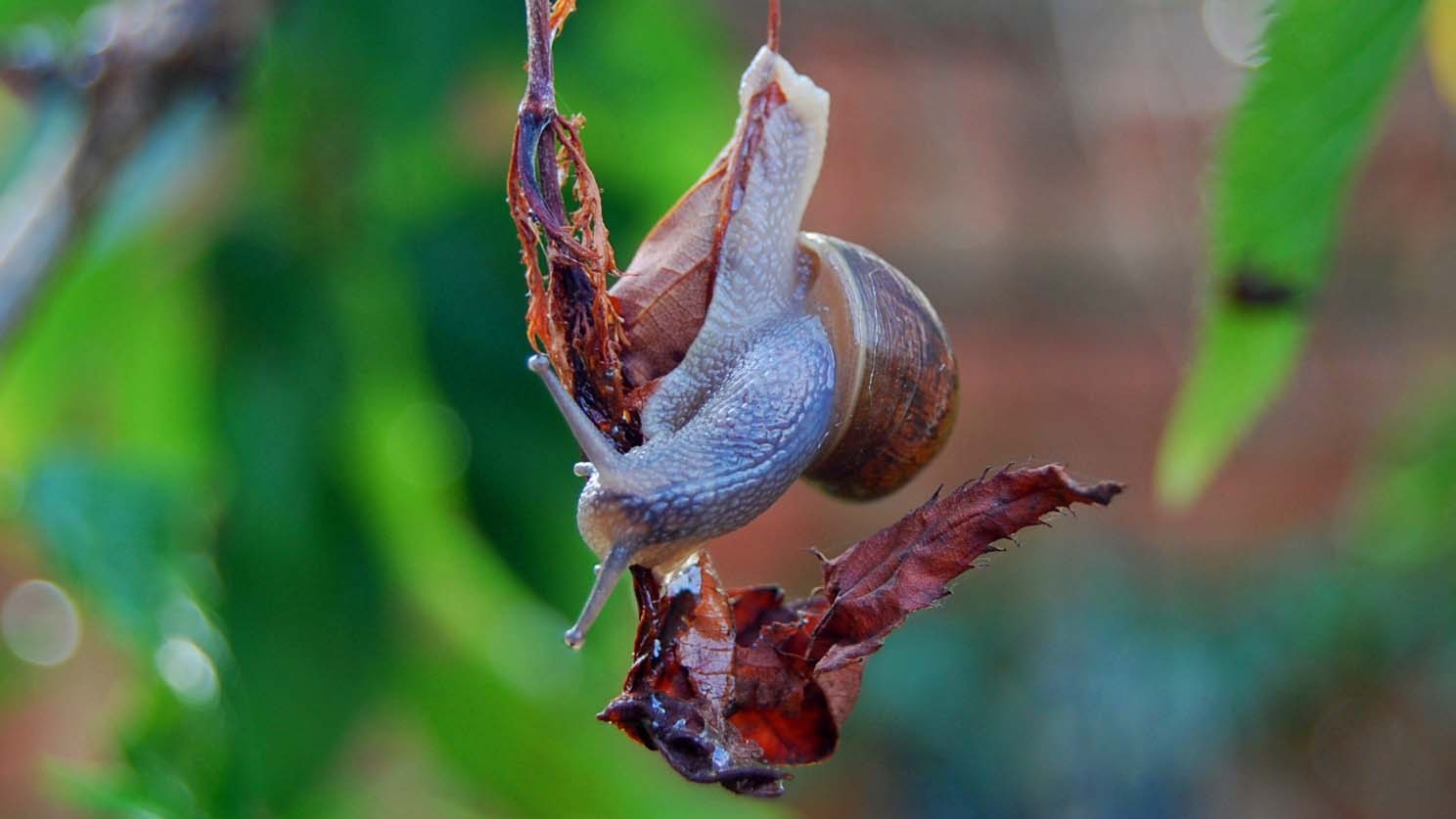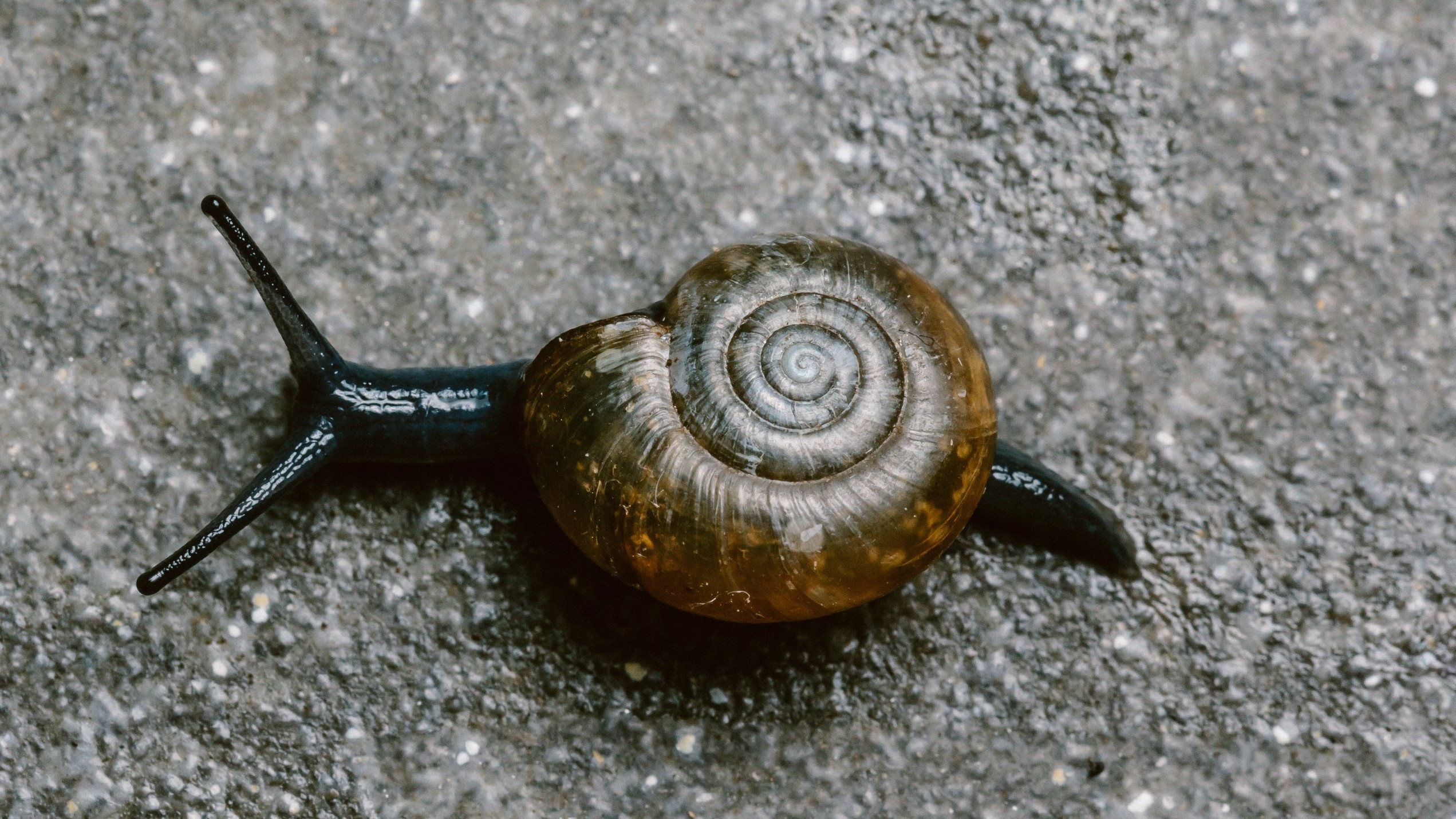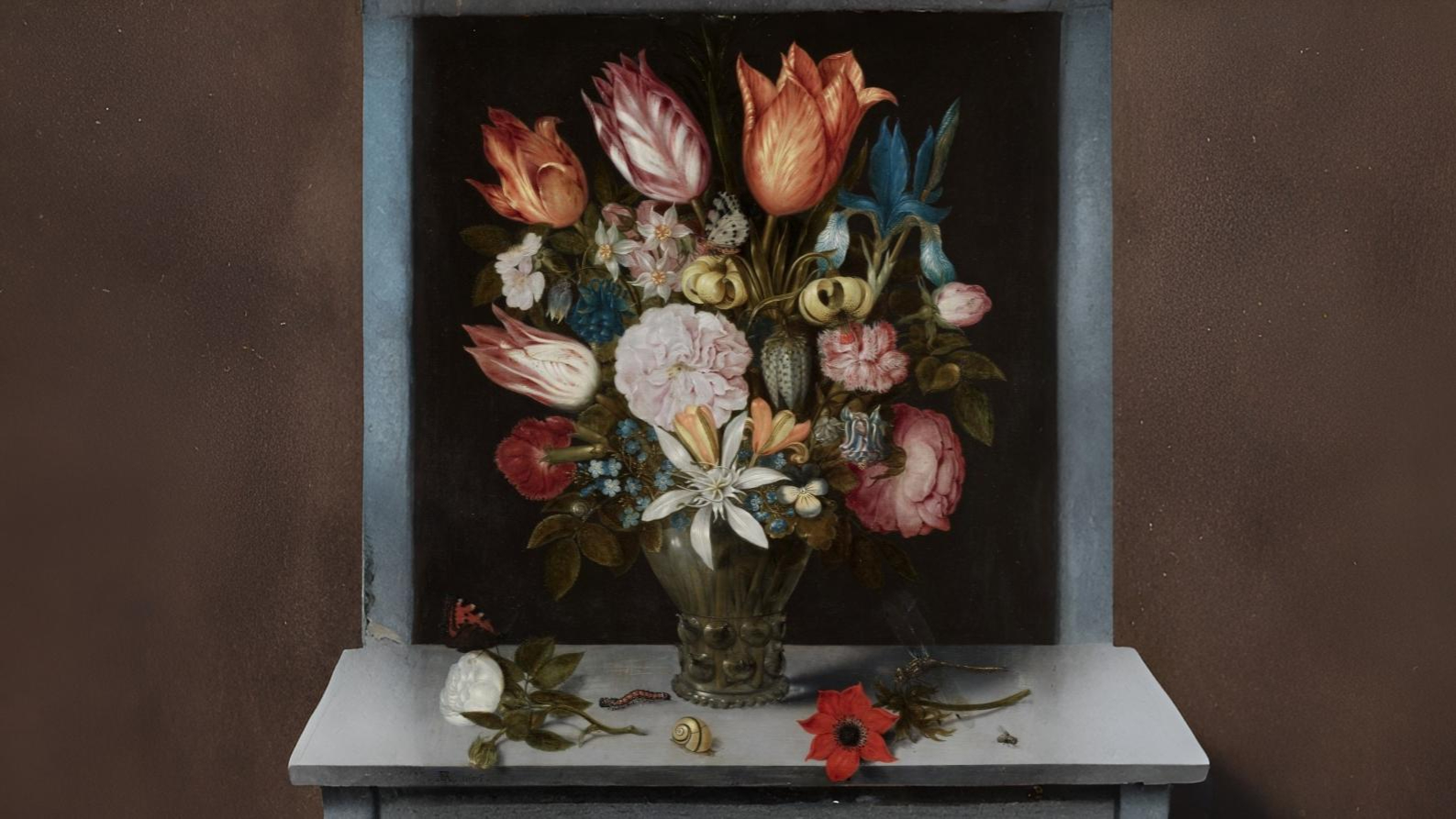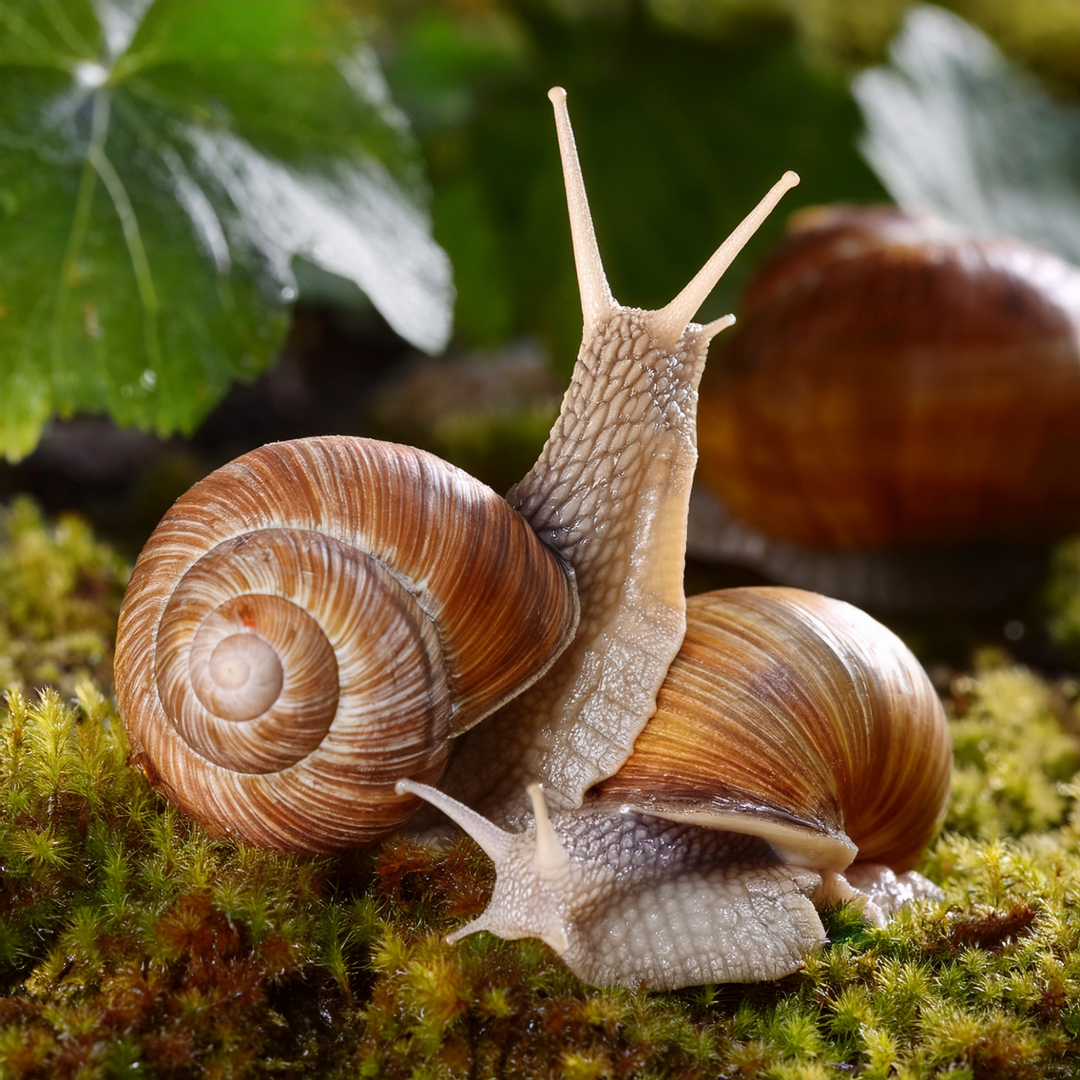
Beneath our feet, a silent army stirs. April awakens London’s land snails – 14,000-toothed leaf rasps emerging from winter hibernation, their shells a cryptic gallery of evolution’s quirks. Discover why song thrushes smash certain striped shells at their "anvils," how garlic-scented snails defend themselves, and the tragic tale of the Roman snail – once a feast, now a protected rarity.
From tree-climbing "door snails" with anti-predator teeth to translucent "glass snails" hunting earthworms in horse dung, these spiral architects thrive in churchyards, railway banks, and even imported Italian marble. Will you spot the ivory-white Vallonia after rain, or the parasitic puppeteers inflaming amber snails’ tentacles?
Return on 29 April to unravel the slow-motion drama of London’s shelled inhabitants – where survival hinges on banding patterns, calcium cravings, and the art of going unnoticed.
Snails with their spiral shells come in a huge range of different sizes, shapes and colours. However, colour and any banding on the shells are not good characters to help identify them as they are so variable. It is far better to note the size, number of spirals, the shape of its mouth, any striations on the shell and how raised or depressed its spire is. Also useful is what sort of habitat you have found it in.
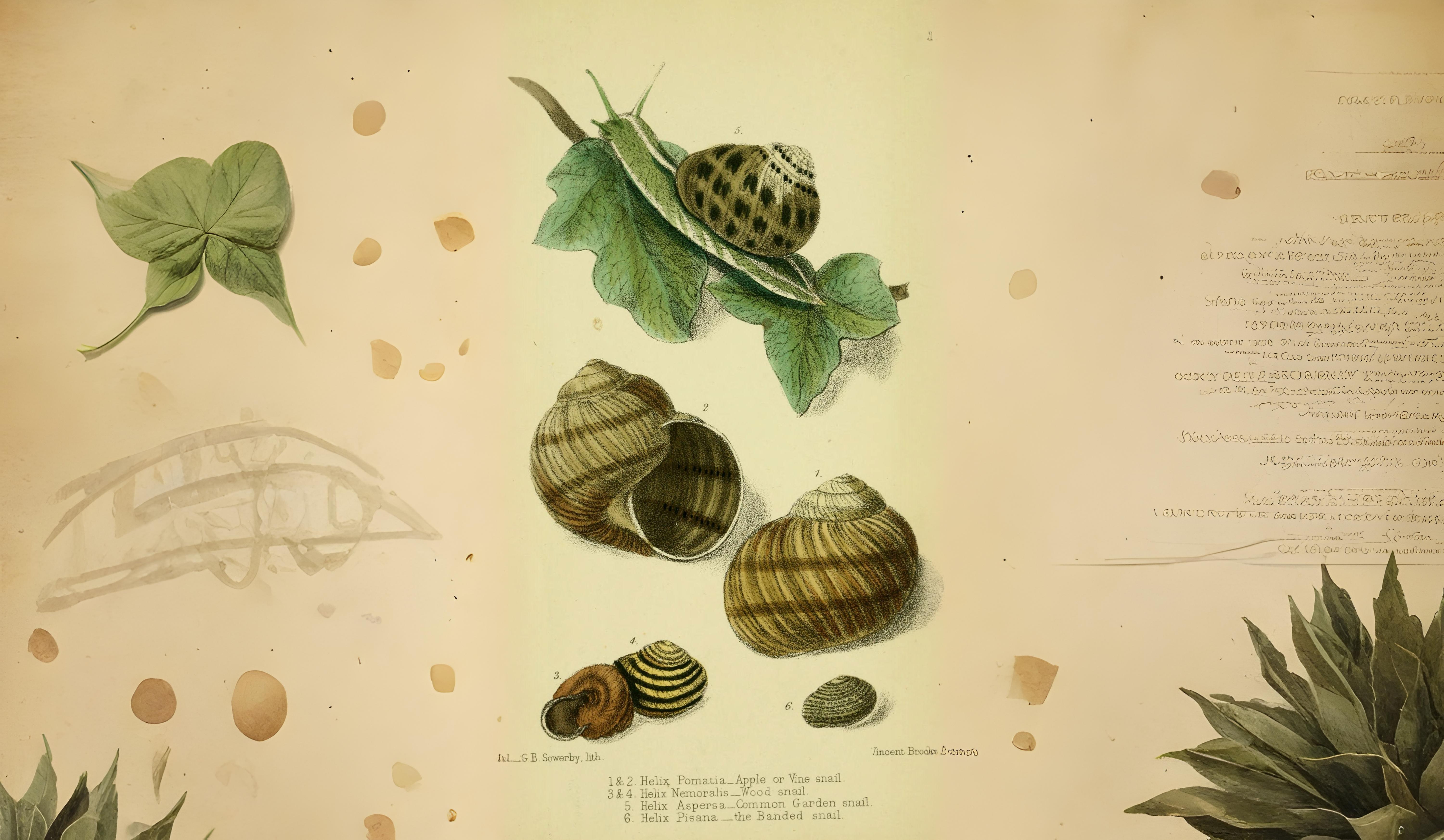

There are a small number of large species which are found in our gardens and along the North Downs, otherwise the rest inhabit a wide range of different habitats including trees in woods, life litter, fallen logs, hedges, under stones, waste areas but not heathland. The best time to look for them is on warm wet days either after or during rain or at night with a torch. The most familiar of all is the Garden snail, already mentioned, which is also one of the most variable.
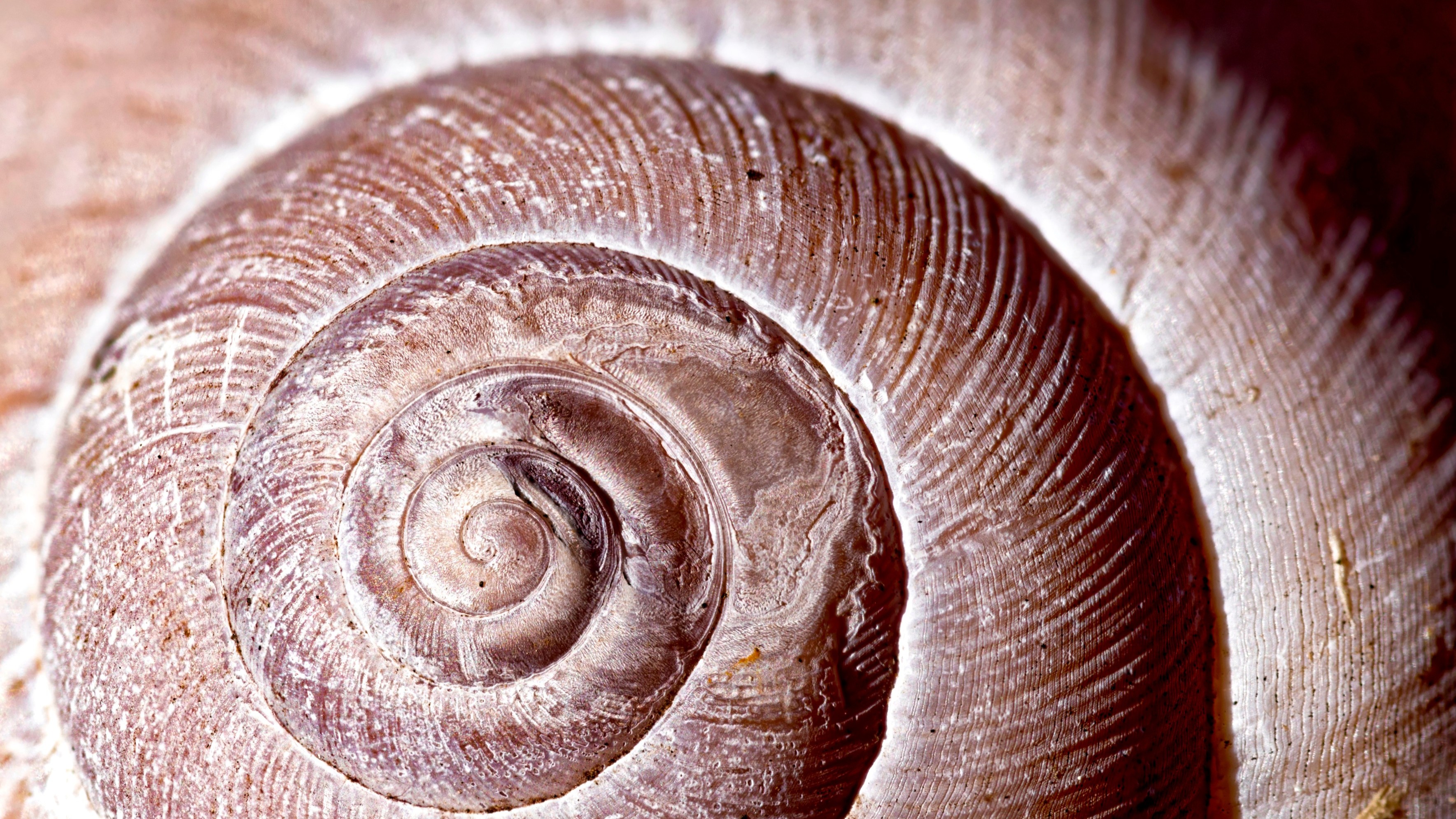

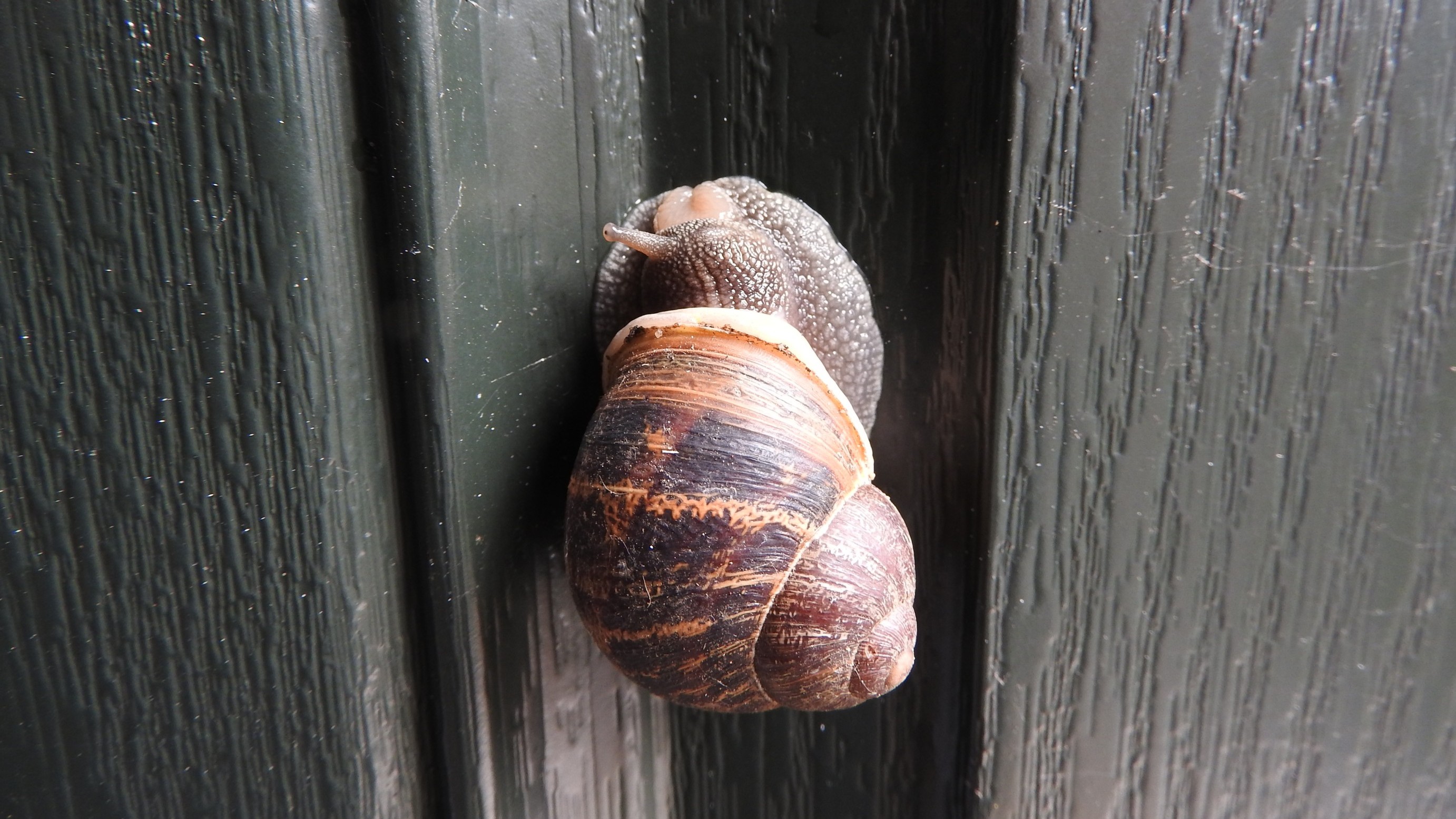

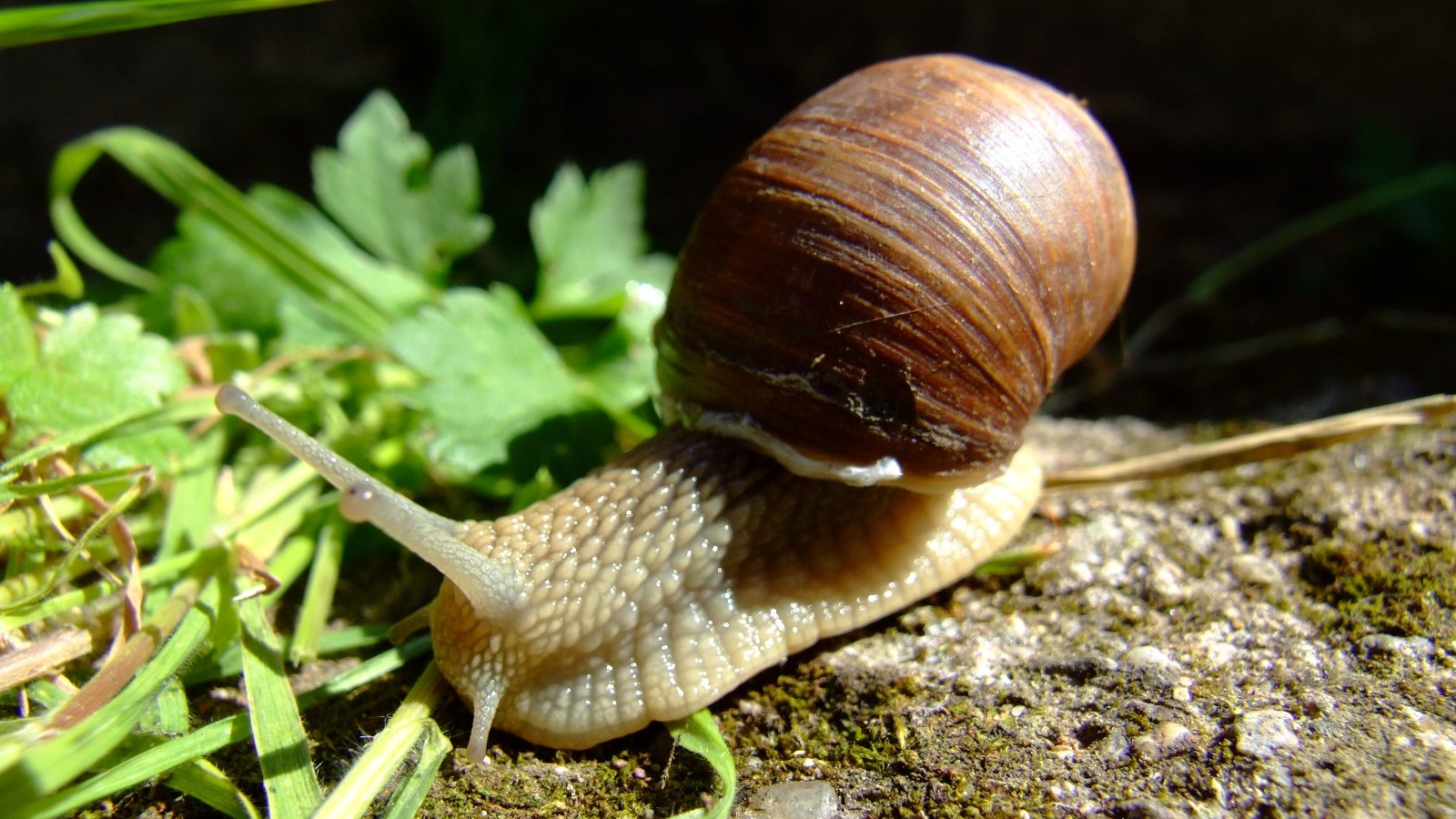

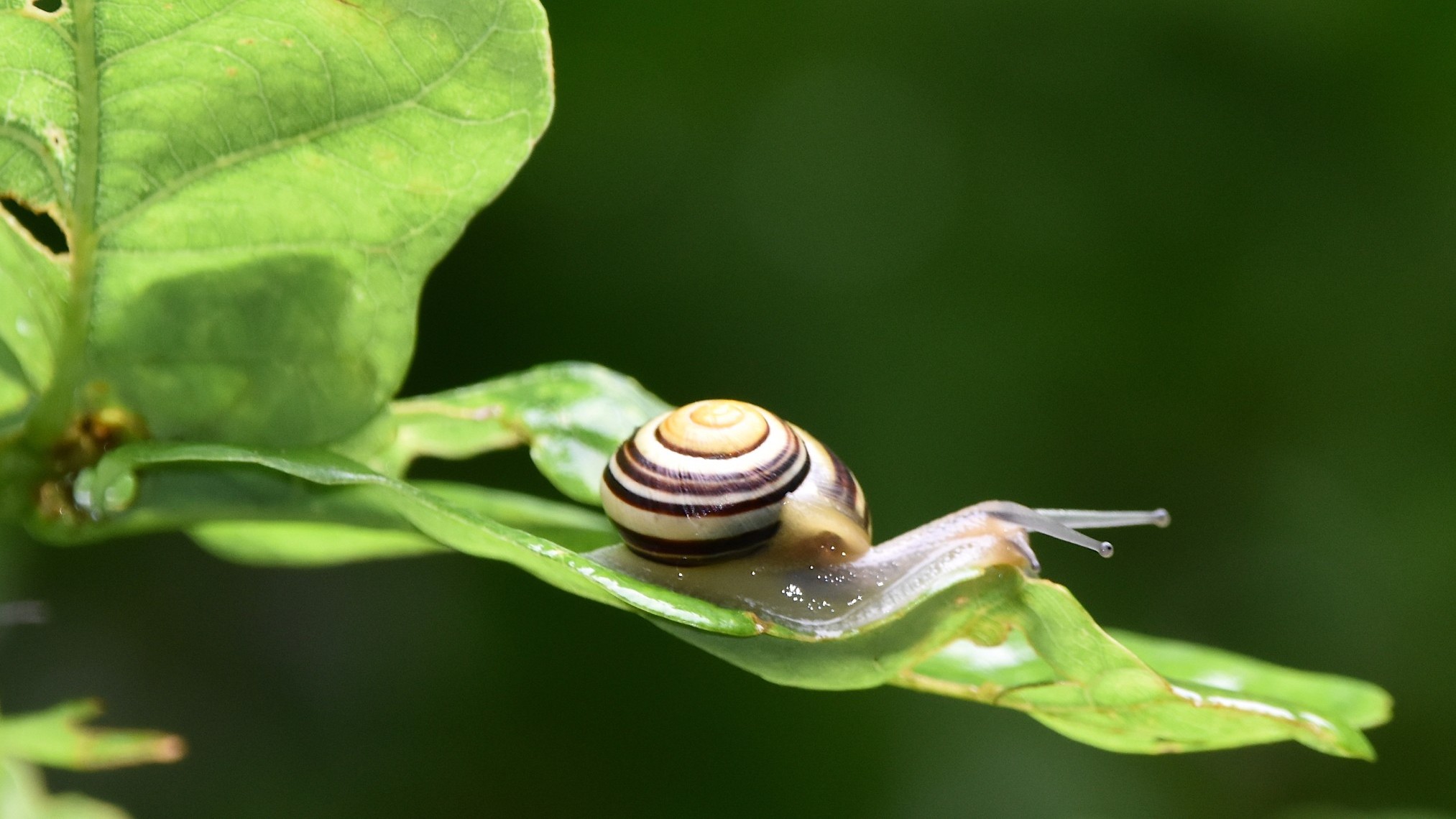

Another smaller garden snail well-known as a pest in strawberry beds is the Strawberry snail Trichia striolata) (13 mm wide). It is the classic ramshorn shape but with many fine striations and a slightly lighter-coloured coil as it nears the aperture. The Garlic glass snail Oxychilus alliarius (14 mm) is also found in gardens. It is shinier than the Strawberry snail with a transparent orange glass-like shell from which a blue-black snail emerges smelling distinctly of garlic.
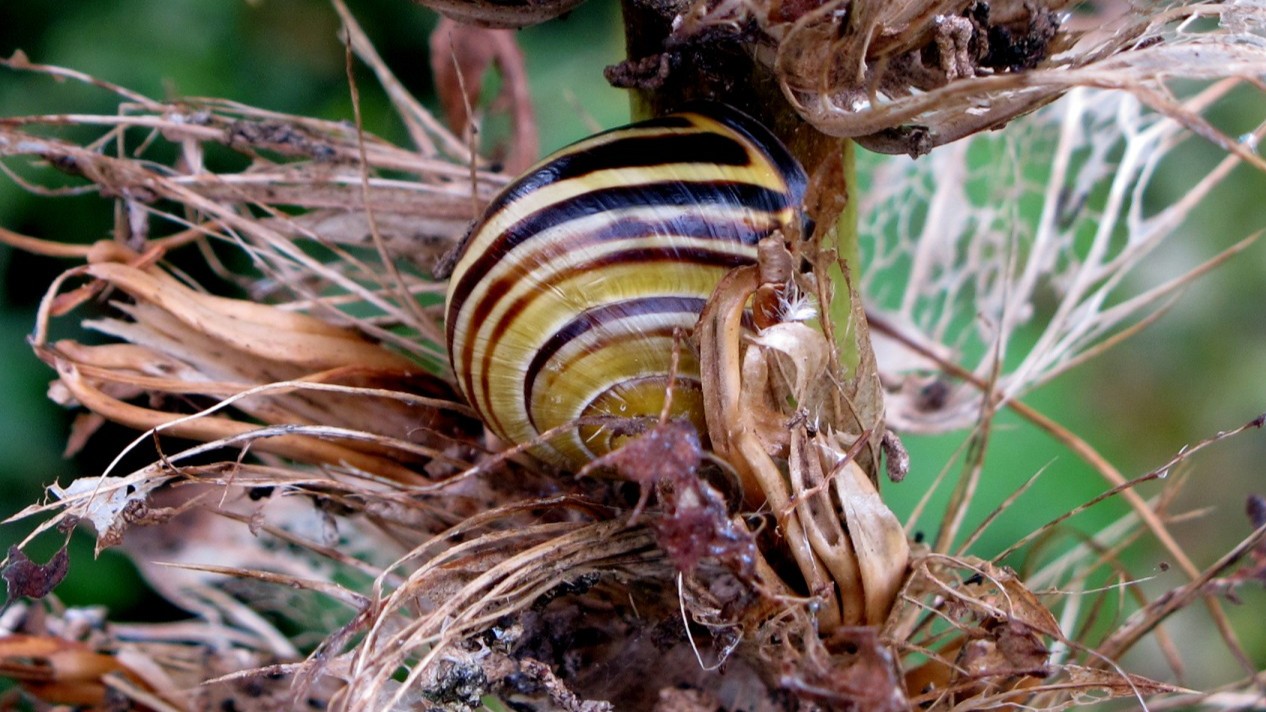

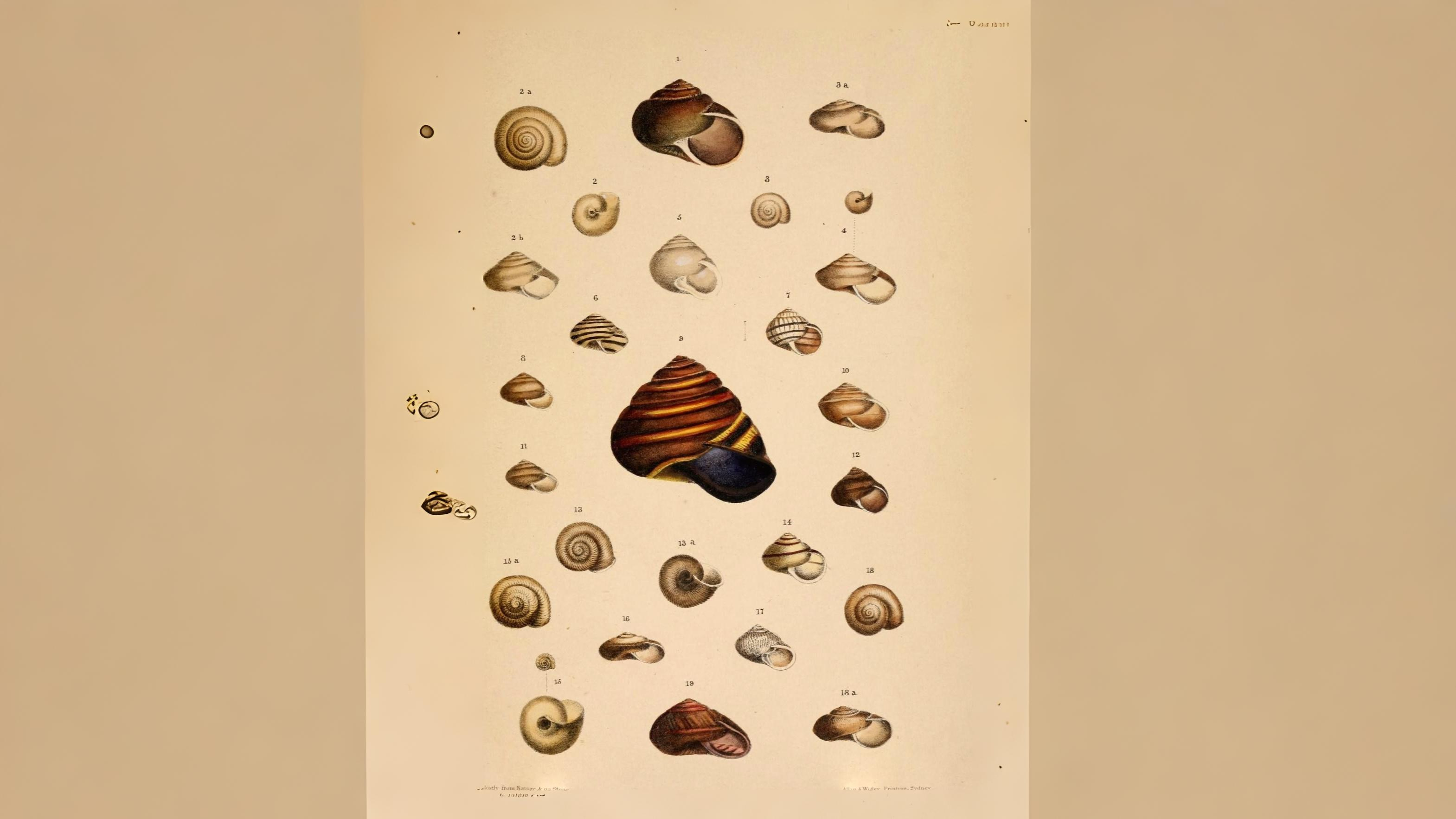

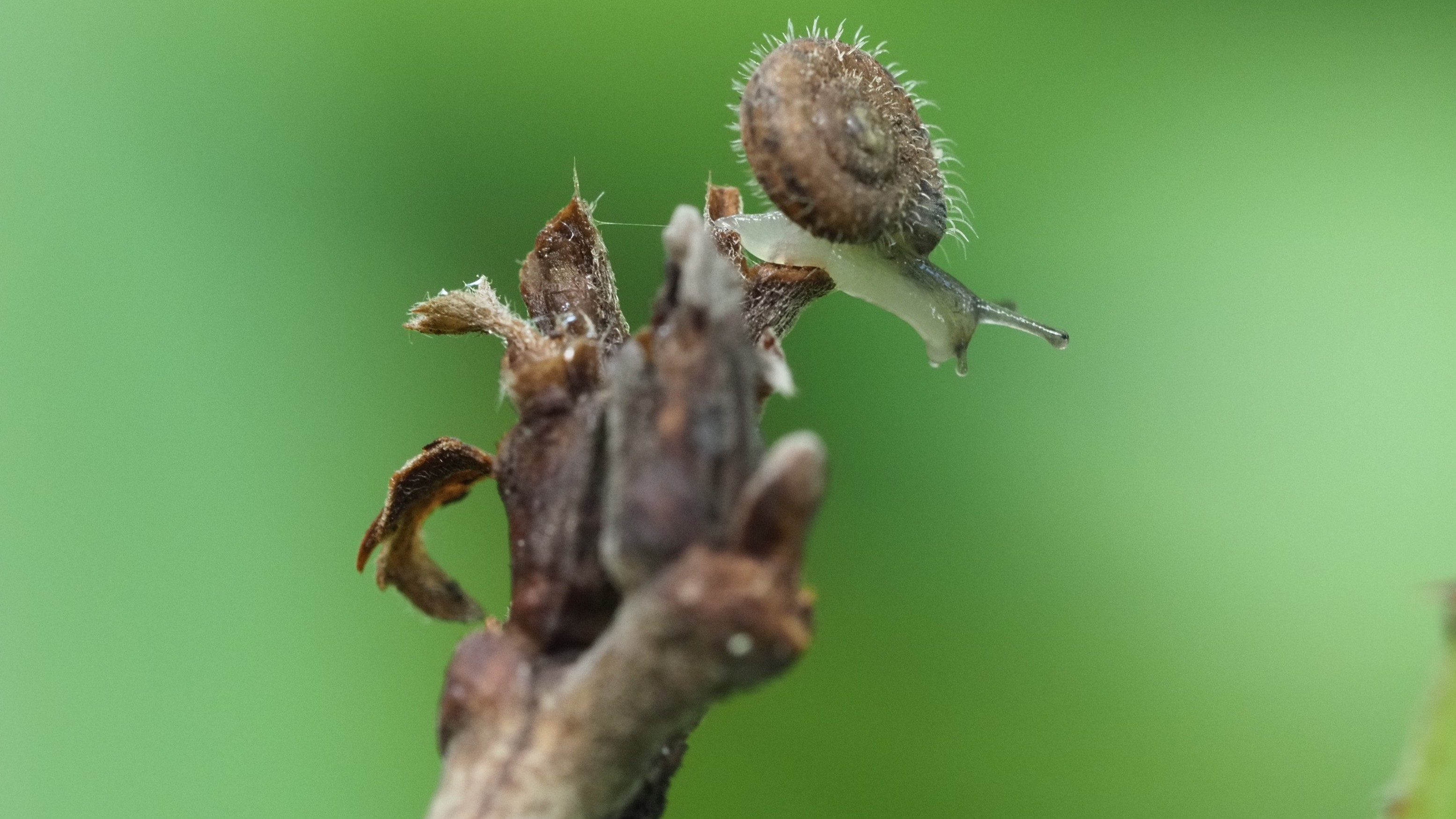

Marshes and wet meadows are also good for snails. Two handsome species to look out for are the Amber snail Succinea putris (10 mm) and the Crystal snail Vitrea crystallina (2.5 mm). The Amber snail has a thin glass-like amber-coloured shell and the Crystal snail a shell that has been likened to rock crystal. Sometimes the ends of the tentacles in Amber snails look noticeably more swollen. This is likely to be due to a parasitic infection which them gets passed on to birds as they tend to notice them more. Once eaten the parasites develop into flukes within the birds.
